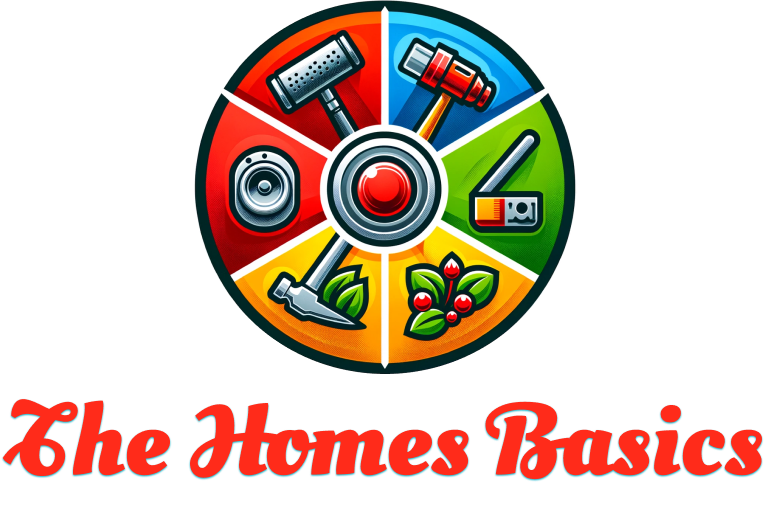Embarking on the journey of creating a podcast can be an exhilarating endeavor, blending the art of storytelling with the technical nuances of audio production. Aspiring podcasters often find themselves at the crossroads of passion and practicality, eager to share their ideas with the world but uncertain about the technical requirements to do so. The foundation of a successful podcast lies in its clarity, quality, and consistency—all of which are significantly influenced by the right equipment. This guide aims to demystify the essentials, helping you transform your vision into a resonant reality that captures the essence of your message and engages your audience.
At the heart of any podcast setup is a quality microphone. Audio clarity is paramount, as it directly impacts the listener’s experience and engagement. For beginners, USB microphones offer a balance between quality and convenience, providing respectable sound quality without the need for additional audio interfaces. These microphones are plug-and-play, and compatible with both PCs and Macs, making them an ideal choice for those navigating the initial learning curve of podcast production. As your podcast grows, you may consider upgrading to an XLR microphone, which, when paired with a reliable audio interface, delivers superior sound quality and control over audio levels.
An often-overlooked component of the podcasting equipment lineup is the audio interface. This device acts as the bridge between your microphone and your computer, converting analog signals into digital format. For XLR microphones, an audio interface is essential. It not only facilitates the connection but also provides power to the microphone and offers additional controls for gain and volume. When selecting an audio interface, consider the number of microphone inputs you’ll need—a crucial factor if you’re planning to host interviews or panel discussions.
Headphones play a dual role in the podcasting process: monitoring and editing. A good pair of closed-back headphones is indispensable, providing clear, detailed sound while isolating you from external noise. This isolation is critical during recording, allowing you to detect and address any issues in real time. Furthermore, during the editing phase, quality headphones enable you to catch subtle nuances in the audio, ensuring a polished final product.
Sound treatment is an aspect of podcast production that cannot be overstated. While high-end microphones and interfaces enhance sound quality, an untreated recording environment can undermine these investments with unwanted echoes and reverb. Simple solutions like foam panels or even heavy curtains can make a significant difference, absorbing sound and minimizing room noise. For those on a tighter budget or with space constraints, a portable isolation shield can offer a practical alternative, significantly improving recording quality in untreated spaces.
Lastly, recording and editing software, often referred to as Digital Audio Workstation (DAW), is where your podcast comes to life. Numerous free and paid options are available, catering to various skill levels. Free software like Audacity offers basic recording and editing features, suitable for those just starting. More advanced DAWs like Adobe Audition or Logic Pro provide a broader range of tools for editing, mixing, and mastering, ideal for podcasters looking to elevate their production quality.
In conclusion, starting a podcast requires more than just a compelling idea; it necessitates the right set of tools to bring that idea to the ears of listeners. Investing in a quality microphone, an audio interface, professional headphones, adequate sound treatment, and robust recording software lays the foundation for a podcast that stands out in the ever-expanding digital landscape. With these essential pieces of equipment, you’re not just prepared to start a podcast; you’re equipped to captivate and grow your audience, turning your passion for storytelling into a resonant audio experience that resonates far and wide.

